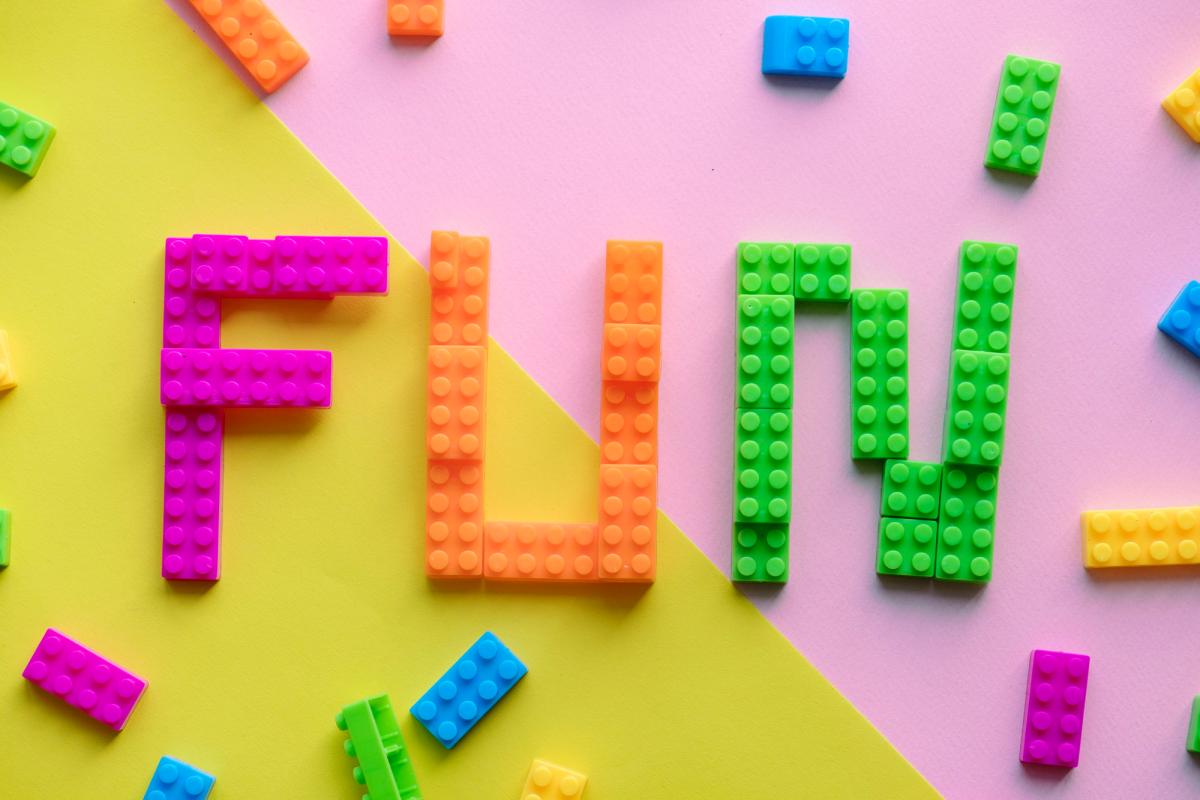Playing with Lego isn’t just about stacking colorful bricks; it’s a fantastic way to boost your child’s creativity! When kids dive into building their own structures, they unleash their imagination. There’s no right or wrong way to play with Lego, which allows them to explore unique ideas and develop their own designs. Whether they’re following instructions or creating something entirely from scratch, each session is a chance to think outside the box.
As your little ones engage with Lego, they’re also sharpening important skills. It’s not just about the fun of building; it’s about problem-solving and critical thinking, too. When their masterpiece wobbles or doesn’t fit just right, they learn to troubleshoot and find solutions. This sort of thinking is key as they grow and face more complex challenges in school and life.
Don't forget about teamwork! If your child plays with friends or siblings, they’re likely to collaborate on bigger projects. Sharing ideas, dividing tasks, and negotiating design choices help them learn how to communicate and work well with others. Plus, building together adds a whole new layer of fun!
Lastly, let’s talk about fine motor skills. Manipulating Lego pieces requires hand-eye coordination and dexterity. As kids snap bricks together and pull them apart, they’re not just having fun with Lego; they’re strengthening the very physical skills they will use throughout their lives, from writing to playing sports.
Unlocking Imagination with Every Brick
When it comes to playtime, few things spark creativity like Lego. These colorful bricks are more than just toys; they unlock imagination and provide endless opportunities for fun. Kids can build anything they can dream up, from towering castles to speedy vehicles. This kind of play encourages problem-solving and critical thinking, which are essential skills for their development.
Playing with Lego isn’t just about building, though. It also helps kids develop fine motor skills as they grasp and connect each piece. Those little fingers learn coordination and precision, making activities like writing and drawing easier down the line. Plus, the satisfaction of completing a Lego project gives children a great sense of accomplishment, boosting their self-esteem.
Group play is another fantastic aspect of Lego fun. When kids build together, they learn to collaborate and communicate. They share ideas, negotiate roles, and work towards a common goal, which are all valuable social skills. This teamwork not only makes playtime more enjoyable but also prepares them for future group dynamics in school and beyond.
Lastly, there's something special about the way Lego encourages storytelling. As they create, kids often weave narratives into their builds, imagining adventures and scenarios that bring their structures to life. This enriches their vocabulary and comprehension skills as they articulate their stories. Whether it's battling dragons or exploring new worlds, every imaginative play session with Lego adds layers to their development journey.
Developing Problem Solving Skills Naturally
One of the coolest things about playing with Lego is how naturally it encourages kids to develop problem-solving skills. When your child is building with those colorful bricks, they're not just having fun—they're also learning how to tackle challenges. For example, figuring out how to make a structure stand or how to connect pieces can spark creativity and critical thinking.
As they experiment with different designs, children learn to approach problems from various angles. They might start with a plan in mind but quickly find out that their initial idea isn’t working. This trial-and-error process teaches resilience and adaptability. Kids soon discover that each failure is just a stepping stone toward their next success, making their playtime not only enjoyable but also educational.
Another fantastic aspect of Lego is that it fosters collaboration and communication. Whether they're working alone or teaming up with friends, kids often need to share ideas and brainstorm solutions together. This social interaction helps them understand different perspectives and enhances their ability to work as a team, skills that are incredibly valuable as they grow.
Plus, let’s not forget the fun factor! When kids are engaged in play, everything feels like a game. That sense of playfulness makes problem-solving feel less like a chore and more like an exciting adventure. So, by choosing Lego for your child, you're not just giving them blocks to stack—you're providing a fun way for them to build essential life skills without even realizing it.
Boosting Social Skills in Group Builds
Lego isn’t just about stacking bricks; it’s a fantastic way for kids to enhance their social skills while having a blast. When children work together on group builds, they naturally learn to communicate their ideas, listen to others, and share tasks. It's amazing how a simple activity can lay the groundwork for teamwork and collaboration skills!
During group play, kids take on different roles, whether it's the planner, builder, or the one who keeps track of the pieces. This kind of interaction encourages them to express their thoughts clearly and respectfully. It’s not just about building something cool; it’s about discussing how to get there. These conversations help them build vocabulary and improve their ability to articulate their feelings and suggestions.
Playing with Lego is not just fun; it’s a powerful way to nurture essential social skills in children. Next time your kids are building, encourage them to invite friends along. You'll see them gaining new friendships and developing skills that last a lifetime—all while having a fantastic time with their Lego sets!

